With visas, flights and transportation booked by early 2005, Cryptoworld decided to drum up some interest for the expedition. We didn’t want this to be another silent adventure in to the unknown!
By the last week of April, we had a website up and running and the London paper, the Metro was covering our story – we were ready! On the 29th April 2005, we set off from Heathrow, three and a half hours later we were in Moscow awaiting our connecting flight. Six hours of appalling duty-free rubbish, a few large glasses of Russian beer and another hour delay (for luck) later, saw us on a shuttle bus heading to the far end of the airport, where a small, silver Aeroflot jet awaited. Next stop Ulaan Baatar.
Trip Route
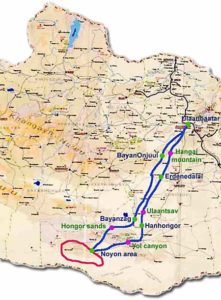
The map shows the approximate route we took in 2005 (click to view). As you can see, we focused our search in the southern region of Mongolia close to the Chinese boarder, in an area known as the Little Gobi.
See the Operation Deathworm Gallery for photos of the trip.
Who’s Who – The Team
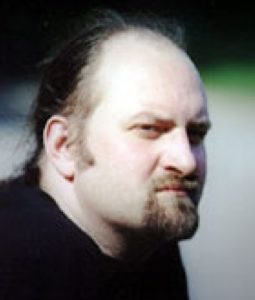
Richard Freeman (expedition director) is one of Britain’s few professional cryptozoologists. His interest in unknown animals reaches back to his childhood, and he has had a long and varied career working with exotic animals. After leaving school he worked as a zookeeper at Twycross Zoo in the Midlands, where he became head curator of reptiles. During this time he bred many rare and endangered species. After leaving the zoo in 1990 he worked in several specialist pet shops and an animal sanctuary. All in all, he has worked with over 400 species of animal. He has travelled extensively in East Africa, Europe and the US studying the native fauna. In 1996, he took a degree in zoology at Leeds University and afterwards, moved to Exeter to work full time at the Centre for Fortean Zoology, the UK’s only cryptozoological organisation. In October 2000 he visited the remote jungles, rivers, and caves of Northern Thailand in search of the Naga, a giant crested serpent said to lurk in the primal morasses of Indo-China, and explored deep caves never visited by Westerners before. In 2003 and 2004 he took part in expeditions to the mountains, valleys and jungles of West Sumatra, in search of the mystery ape orang-pendek. His interests include Doctor Who and other British television science fiction, collecting Batman comics, Forteana and gothic rock music. He is currently working on a book on dragon legends worldwide.

Dr Chris Clark, Born 9 months after VE day, I can claim to be among the first of the Baby Boomers. While working for a Ph.D. in astrophysics, I was involved in studies of the first lunar samples brought back by Apollo 11. I have researched in solar astronomy and atomic physics before settling down to write engineering software.
A childhood interest in cryptozoology led me to take expeditions to Sumatra in 2003 and 2004 in pursuit of orang pendek. In 2003, I also joined the first tour of Afghanistan for 25 years; after that experience, all other destinations should be easy!
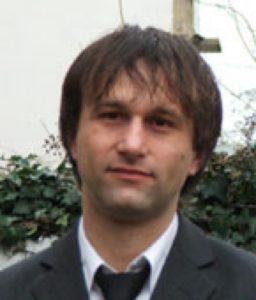
Dave Churchill (photography, video and website administer) was born not far from the south coast of Dorset, and spent the first 16 years of his life on a small 100-acre farm in the shadow of Corfe Castle. It was here that he developed a fondness for all things bizarre, ghosts, weird stories, strange animals and UFOs. In the late ’80s he started researching UFOs and crop circles and joined the CCCS (Centre for Crop Circle Studies) and a local Dorset group researching strange sightings and reports along the south coast. In the early ’90s David started up his own research organisation called SPS (Strange Phenomena Studies). As the name suggests, he no longer confined his interests to just ufology and Crop Circle Studies. In 1994, he organised a weekend sky-watch in conjunction with the first national event of its kind. A bedraggled David and friends sat up all night and were interviewed the following morning by the local radio, but unfortunately nothing conclusive was seen or reported over the weekend. SPS took a back seat when David moved to London in 1999 in search of streets paved with gold! Not finding the elusive gold streets, he now works for a global print/media company. But! With the increasing reports and sighting of strange animals around the UK and the rest of the world, David decided to offer his services to the CFZ.
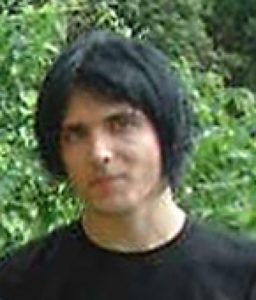
Jon Hare, all we know is that he’s a Cambridge graduate, martial artist, and science writer, fascinated with cryptozoology and likes a good adventure, so he will fit right in!
Jon has been to Sumatra with Richard and Chris in 2003 and 2004 looking for the Orang Pendek.
Appendix
1. Fortean Times
2. Death Worm, by Adam Davies (Fortean Times 182 April 2004)
3. 1999-2000 by Eugen Karban
4. Death Worm, by Adam Davies (Fortean Times 182 April 2004)
page 1 2
View the Operation Deathworm Gallery

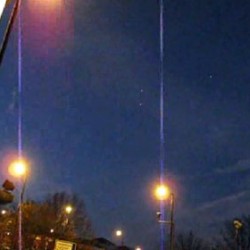

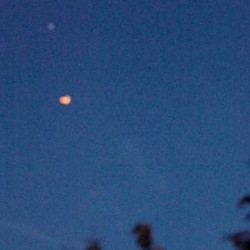
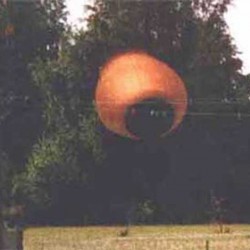
I think you guys have all been watching Dune too much
;-.)
Have you thought about what you would do once confronted by such a beast?
Fancy being a host and bringing the species back to civilized society?
Settle down.
Kind Regards.
@
Dudes we fully support this expedition and just wish more could have come out of it. We are STRONG BELIEVERS in the MDW, and as PROFESSIONAL CRYPTOZOOLOGISTS we want to thank you for looking. anythign that can kill a man from 40 feet by squirting yellow ACID and ELECTROCUTING THEM is AMAZINGLY FANTASTICAL in my book. thanks again!
i’m aspiring to be a taxonomist, just out of curiosity, so say you get the mystery worm, what purpose does it serve?
Sweatboy, I would have thought the most obvious purpose is to prove it exists? Unfortunately we didn’t find it – but there is a plan to return next year (2007) for another look.
Is there any sort of proof beside word of mouth that the this big worm exists or is everything based on eye witness accounts?